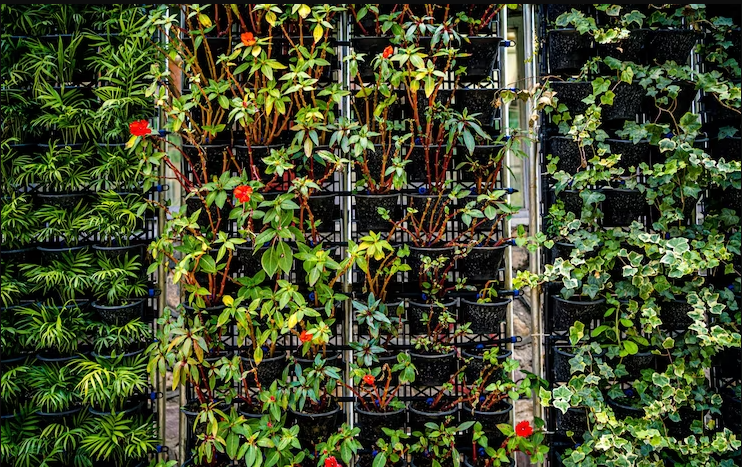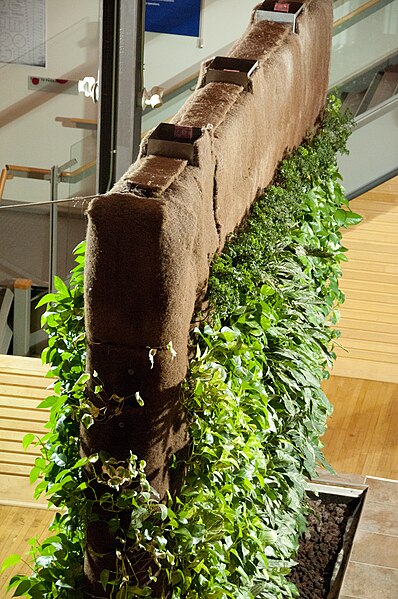Creating Your Own Vertical Garden at Home

Vertical gardening is a fantastic way to maximize space and cultivate greenery in your home, whether you have a small balcony, a compact courtyard, or a limited garden area. It’s a sustainable and creative approach to gardening that allows you to enjoy a lush oasis even in limited space. In this article, we’ll guide you through the steps to create your very own vertical garden in South Africa.
Step 1: Choose the Right Location
Select a suitable location for your vertical garden. South Africa boasts a variety of climates, so consider the specific needs of your chosen plants. A spot that receives adequate sunlight or shade, depending on your plant selections, is crucial. South-facing walls typically provide the best balance of sunlight and shade.
Step 2: Select the Right Plants
Choose plants that thrive in vertical gardening conditions. South Africa’s diverse climates mean you have numerous options. Consider succulents, herbs, ferns, and trailing plants like pothos, spider plants, or ivy. Indigenous species are a great choice for sustainability and adaptability to local conditions.
Step 3: Build Your Vertical Structure
You can create your vertical garden using various materials. Wooden pallets, recycled gutters, wall-mounted planters, or even repurposed shoe organizers can serve as excellent vertical structures. Ensure that the structure is sturdy, well-supported, and securely attached to your chosen wall.
 Step 4: Prepare the Soil
Step 4: Prepare the Soil
Use a high-quality potting mix suitable for your chosen plants. Make sure it provides good drainage and retains moisture, as vertical gardens tend to dry out more quickly than traditional gardens. Ensure that the soil is well-suited for the specific plants you plan to grow.
Step 5: Planting
Plant your chosen greenery in the pockets, containers, or planting cells of your vertical structure. Be mindful of spacing to allow room for growth. Water thoroughly after planting to help the roots establish themselves.
Step 6: Watering and Maintenance
Vertical gardens require consistent watering, as they tend to dry out faster. Use a drip irrigation system or a soaker hose to ensure even moisture distribution. Regularly check the moisture levels, especially during hot South African summers. Additionally, keep an eye out for any signs of pests or diseases and address them promptly.
Step 7: Fertilize as Needed
Fertilize your vertical garden as required, based on the needs of the plants you’ve chosen. Use a balanced, slow-release fertilizer to provide essential nutrients.
Step 8: Enjoy Your Vertical Garden
Once your vertical garden is established, sit back and enjoy the beauty it brings to your South African home. Watch as your green oasis grows and thrives, adding vibrancy and freshness to your living space.
Creating your own vertical garden is an excellent way to bring the beauty of nature into even the smallest of spaces. Whether you’re growing herbs, succulents, or indigenous plants, a vertical garden can transform your outdoor area into a lush and inviting paradise. With the right location, plant selection, structure, and care, your vertical garden will thrive and become a delightful addition to your home. Start your vertical gardening adventure and relish the greenery it brings to your South African lifestyle.
Comments
Add comment